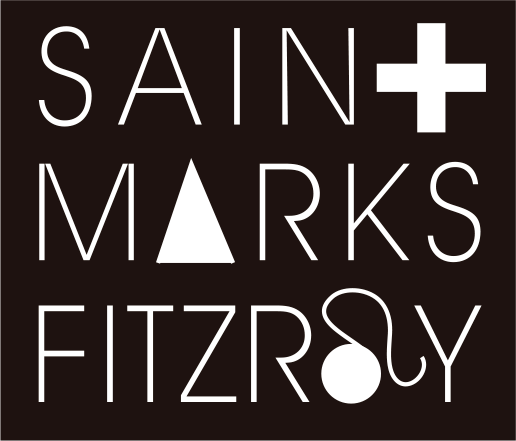17: Our Lady of Walsingham
What is it?
Our Lady of Walsingham. Our Lady of Walsingham is a title of the Blessed Virgin Mary, venerated by Catholics and Anglicans associated with the Marian apparitions in 1061 to Richeldis de Faverches, a pious English noblewoman, in the village of Walsingham in Norfolk, England.
Anglo-Catholic tradition in the Church of England had a great devotion to Our Lady and the medieval heritage of Catholic England. The new statue of Our Lady of Walsingham was based on depictions of the original statue on the medieval priory seals. Devotion grew to the point that the statue was transferred to its own separate shrine in the village, which was then expanded in the late 1930s to include a rebuilt replica of the Holy House of the Annunciation in Naples.
Some of the most famous chapels dedicated to Mary have been Lady Chapels. Since the end of the 6th century Lady Chapels have existed in most English cathedrals, where they often form part of the apse. Traditionally, a Lady chapel is the largest chapel of a cathedral. Generally, the chapel was built east of the high altar and formed a projection from the main building.
Symbolism of the image
1. The throne displays seven rings on the two upright pillars.
2. These pillars represent the church, and the seven rings symbolise the seven sacraments. These are sometimes interpreted as the seven gifts of the Holy Spirit.
3. The back of the chair is arched to represent the arch of the rainbow (Genesis 9 verses 12 -13:'And God said 'This is the sign of the covenant which I make between you and every living creature, that is with you, for all future generations, I set my bow in the cloud and it shall be the sign of the covenant between me and the earth.')
4. Our Lady of Walsingham sits with her foot placed upon a toad. The toad was the East Anglian equivalent of the moon or serpent seen in Marian imagery.
5. In medieval England it was believed that the toad could form a magical stone in its head, which was used for superstitious and idolatrous practices.
6. Just as the serpent is crushed under heel in the book of Revelation, so Mary crushes the Toad stone and all it represents under her feet.
7. The Virgin also holds a symbol of Queenship, a sceptre fashioned like a three fold lily. This tells us that the Virgin Mary is the pure Lily chosen by the Trinity from all eternity.
8. The Christ child wears a crown. Holding the scriptures he shows his teaching has authority; his right hand is raised in blessing.
9. Sitting on Mary's knee, as on a throne, he displays the gestures associated with God of all creation and authority over Heaven and earth, Christ "Pantocrator".
Why is it important?
Our Lady of Walsingham represents the shared heritage of the Roman and Anglican Churches and the hope for their eventual unity. The re-establishment of the shrines reminds us of the rich Catholic heritage of medieval Europe, and that Catholicism is not limited to specific countries or cultural identities, but it is truly the universal Church and the common heritage of all the western world. Christ and his Blessed Mother are not confined by culture, and England is just one example of a country far from the Mediterranean that has a strong devotion to Our Lady, despite the political movements that severed it from the main body of the Church for centuries. For those with an appreciation for the history and heritage of the Church, the Walsingham shrine represents the revival of the devotion to Our Lady that began there almost a thousand years ago, and in the modern context, it represents ecumenical cooperation between Roman Catholics and Anglicans.
